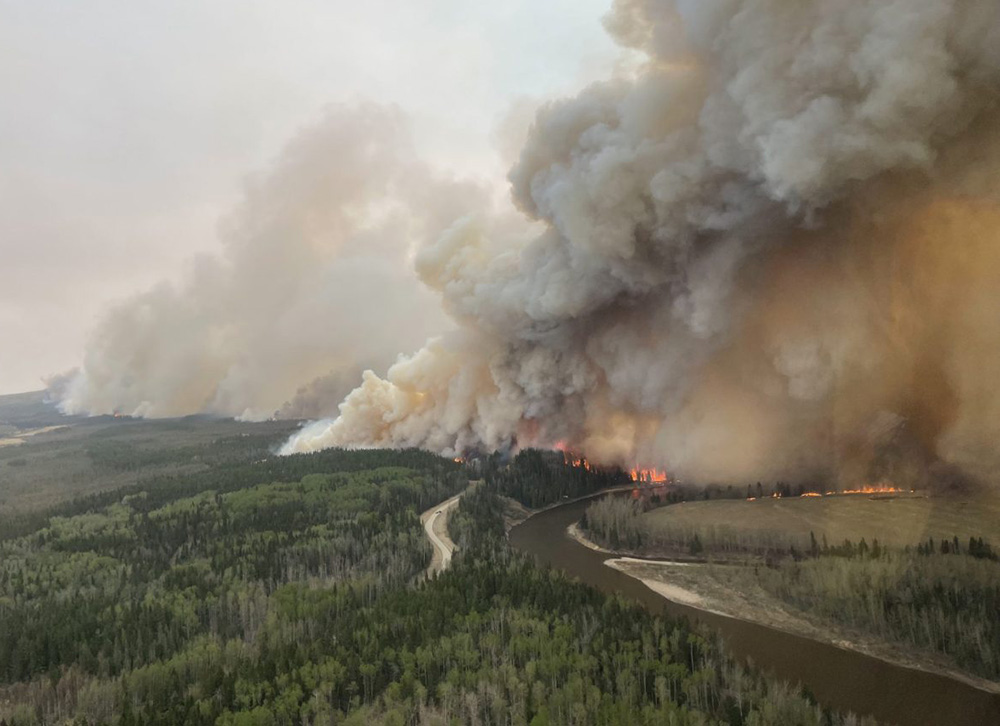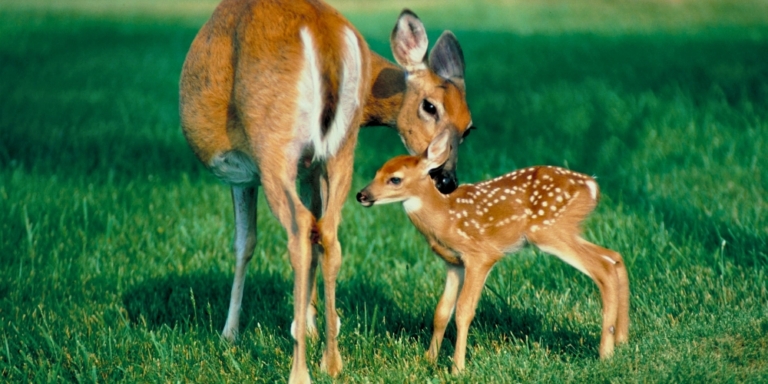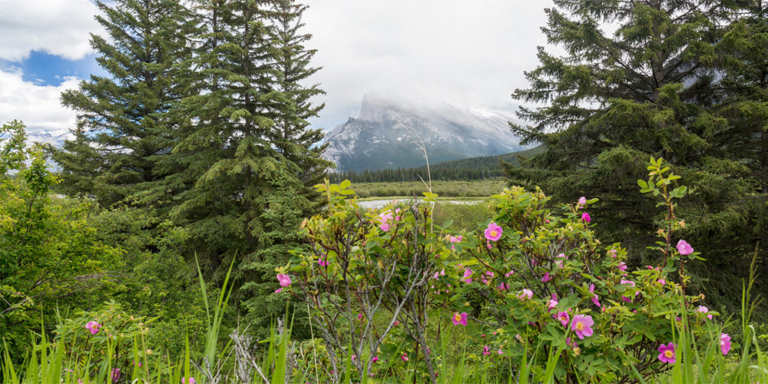
NOTE: The information in this article has been updated to reflect investigative information.
Our province is home to some of the most diverse wildlife in the country. From gigantic grizzly bears to graceful elk, we are lucky to have these critters in our backyard.
But as beautiful as these animals are, they are still wild and can be dangerous.
Unfortunately, a visitor to Banff National Park was reminded of this on Monday and ended up in the hospital after being attacked by a cougar.
The park visitor was on the Rockbound Lake trailhead near Castle Junction when they encountered the cougar.
After the encounter, the person made his way back to the trailhead and called emergency services.They sustained non-critical injuries, including minor soft tissue injuries, and were transported to the Canmore Hospital in “stable and non-life-threatening condition.”
Parks Canada and Covenant Health treated the visitor’s injuries onsite until Banff EMS arrived.
“On arrival, our paramedics took care of one adult patient who had been in the care of Parks Canada officials prior to their arrival,” said Stuart Brideaux, Alberta Health Services public education officer.
The Castle Mountain Lookout, Silverton Falls, and Rockbound Lake areas were closed after the attack.
Parks Canada’s Banff field unit is still investigating the incident, and the area will remain closed until further notice.
“Parks Canada is asking park visitors to please avoid these areas and respect closures in place to ensure the safety of the public…,” said Parks Canada.
Accept The Risk, Be Prepared
Stepping into wildlife territory is like buying a PICK-3 lottery ticket. But you risk an unwanted animal encounter instead of a handful of cash.
The odds of winning the top prize for PICK-3 is one in 1,000, whereas the odds of being attacked by a wild animal are estimated to be one in 1,144 people. The odds of being attacked by a cougar are even lower, at as few as four people per year in Canada.
But keep in mind, Alberta has the highest number of wildlife attacks per capita compared to other provinces.


According to Nick de Ruyter, the WildSmart program director with the Biosphere Institute of the Bow Valley, there have been seven cougar-related deaths in Canada in the last 100 years.
Only one of these deaths happened in Alberta. The victim was 30-year-old Frances Frost, who, in 2001, was cross-country skiing near Lake Minnewanka in Banff National Park when the attack happened.
While fatal encounters are rare in Alberta, sightings, warnings, and close calls aren’t uncommon, especially in the Bow Valley.
In January 2023, a woman and her dog had a close encounter with a cougar while running on the Guy Lafleur Trail in Canmore.
More recently, several cougar sightings in Bow Valley Provincial Park led to a warning for the area near Camp Chief Hector YMCA last summer.
Clio Smeeton, president of the Cochrane Ecological Institute, believes the cougar involved in the latest attack may have been young and doesn’t know its main prey species.
“Wildlife is very much aware of people because we smell and we sound different, and they can see us, and they pretty well pegged us as being dangerous things that are not worth interacting with — unless they’re really young and they don’t know any better,” Smeeton told the Calgary Herald.


Cause Or Coincidence?
According to provincial officials, cougar encounters are uncommon, but sightings have increased in the last decade.
Increased sightings are related to a growing number of people living and recreating outdoors in traditional cougar habitats.
In areas like Bragg Creek, there is an abundance of prey animals for cougars to feast on, which has led to the growth of the cougar population.
But Smeeton believes there is another reason for increased cougar sightings: last year’s unprecedented wildlife season.
He claims the wildfire season greatly impacted food availability for wildlife, including carnivores like cougars.
“If you think about how much of Alberta’s forest and open country was burned last year, a lot of animals were burned, and those are potential food,” said Smeeton.
In addition to food availability, wildfires displace larger animals. Smaller animals can build homes in destroyed areas faster than larger animals that require more resources.
“Whereas a bear or a cougar needs a bit of habitat, and if the whole thing burned, it’s going to take longer for them to be able to move back into the area,” Karen Hodges, a professor of conservation and ecology at the University of British Columbia, told CBC News.
In December and March, elk and deer are exhausted from the rutting season and seek safety near populated areas, which, in turn, attract predators.
“…they hang out closer to or inside towns and developed areas that can draw animals like a cougar into town,” said De Ruyer.


Safety Measures


Cougars are generally solitary animals, only gathering to mate. The beautiful animals tend to stay away from people, preferring to feast on deer.
De Ruyter says a cougar will likely only attack a human or pet if sick, starving, old, or trying to find dominance in a new area.
Cougars are active during all times of the day but tend to be more active at dusk, dawn, and night.
It is best to avoid trails during this time.
If you are in cougar territory, always carry bear spray and be prepared to use it if a cougar approaches within 12 metres, roughly the length of a bus.
Always keep children close or supervised, as a cougar might mistake a child for a prey animal.
Sometimes, a run-in with a cougar is unavoidable.
If you see a cougar in the distance:
- Do not run or turn your back.
- Gather children and pets close to you if the cougar is unaware of your presence. Slowly and carefully back away and leave the area.
If a cougar is close and showing aggressive behaviour, including hissing, snarling, or tracking your movements:
- Do not run or play dead.
- Gather children and pets close to you.
- Make yourself look big and speak loudly to intimate the cougar.
- If the cougar attacks, fight back with rocks, sticks and use your bear spray.
Cougar attacks may be unlikely, but we must always be prepared and educate ourselves on local wildlife.
Our incredible landscapes are just as much theirs as they are ours.






